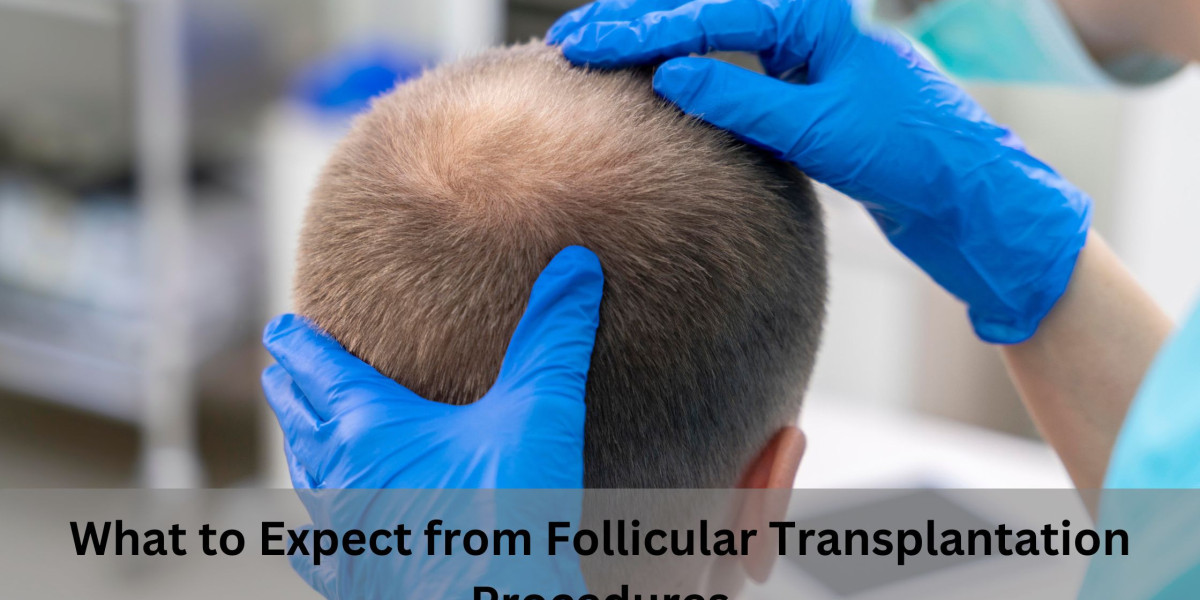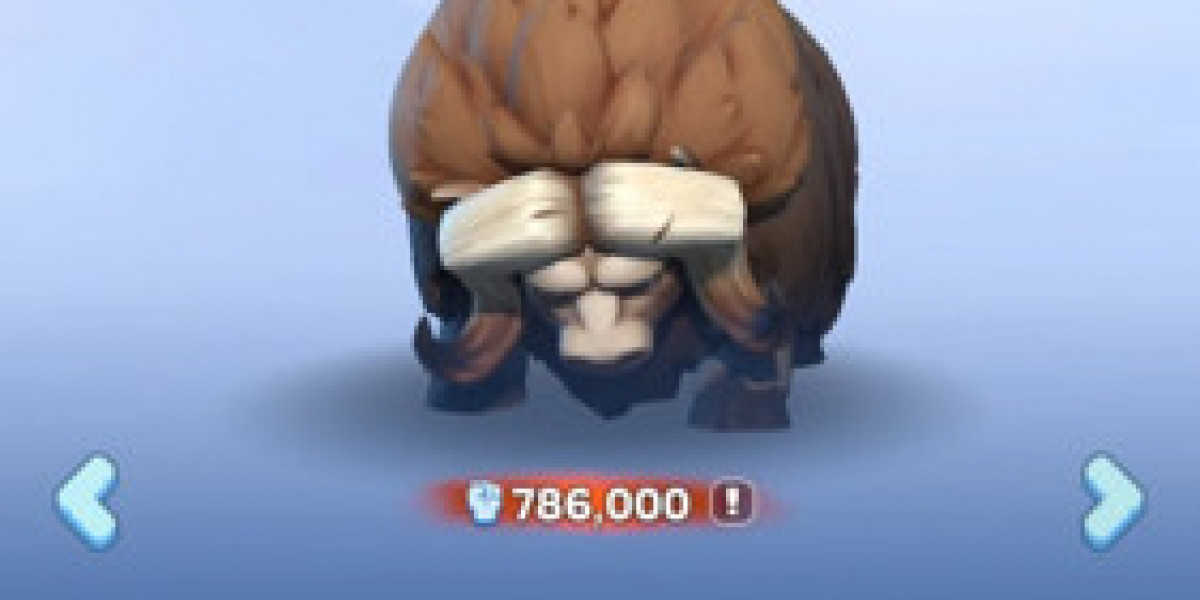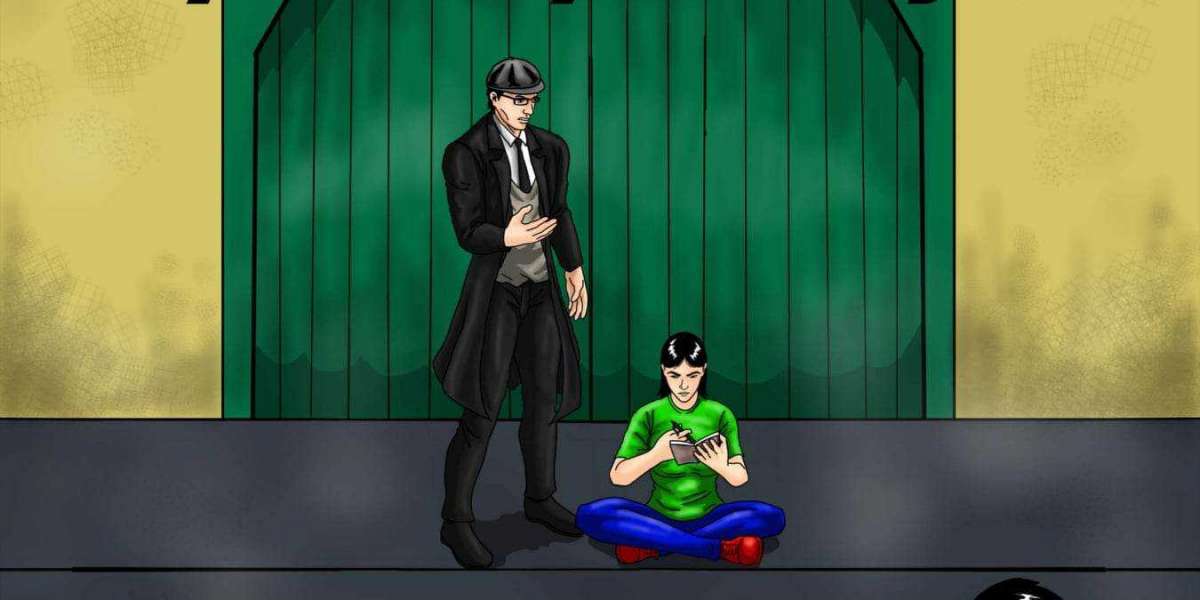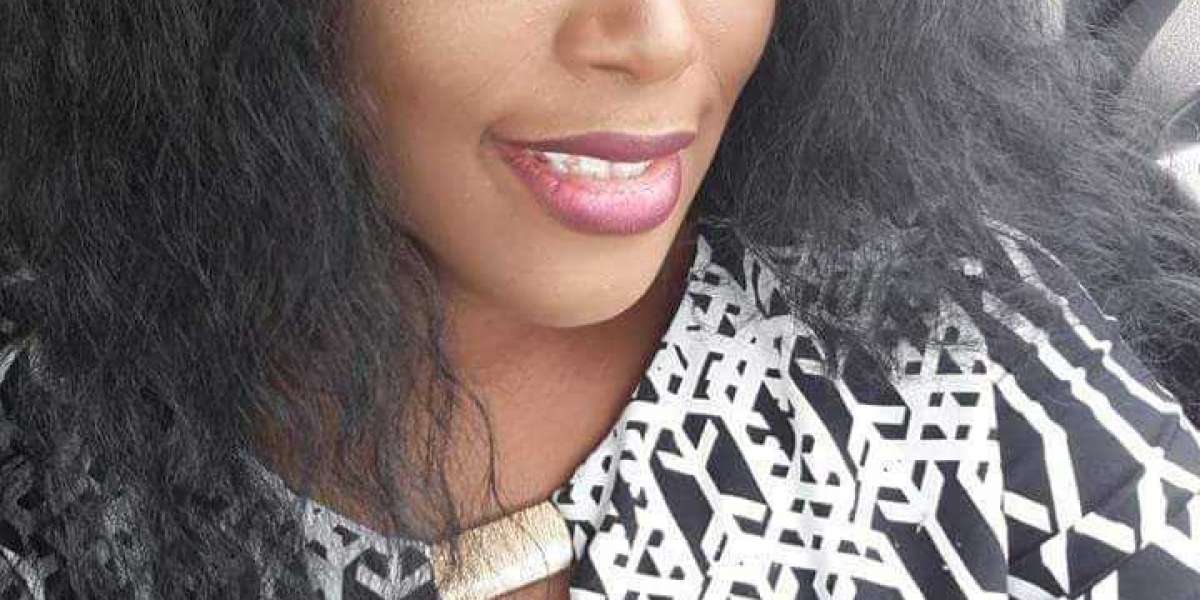Follicular transplantation is a sophisticated and innovative technique for addressing hair loss and thinning. This procedure, often called follicular unit transplantation (FUT) or follicular unit extraction (FUE), has gained prominence for its effectiveness in restoring natural-looking hair. This essay will examine what you can expect from follicular transplantation procedures, providing a detailed overview of the process, recovery, and results.
Understanding Follicular Transplantation
Follicular transplantation involves transferring hair follicles from one part of the body to the scalp or other areas experiencing hair loss. This method is designed to provide a permanent solution for those suffering from androgenetic alopecia or other forms of hair loss. The procedure can be categorized mainly into two types: FUT and FUE.
The follicles are dissected from the strip and transplanted into the thinning or balding areas. Conversely, FUE involves extracting individual hair follicles directly from the donor site and transplanting them into the recipient area. Both methods aim to achieve a natural appearance with minimal scarring and downtime.
The Procedure: Step-by-Step
The follicular transplantation process begins with a thorough consultation and assessment by a qualified specialist. During this initial stage, the doctor evaluates the extent of hair loss, discusses treatment options, and determines the most suitable technique based on the patient's needs.
On the day of the procedure, the donor area is prepared and numbed with local anesthesia. For FUT, the strip of skin is removed, and the hair follicles are carefully harvested. For FUE, small punches are used to extract individual follicles. After the follicles are harvested, tiny incisions are made in the recipient area, and the follicles are meticulously placed into these incisions.
The procedure can take several hours, depending on the number of transplanted follicles and the chosen method. Patients are usually able to return home the same day, and their surgeon provides specific aftercare instructions.
Post-Procedure Care and Recovery
Proper care is crucial for optimal results following a follicular transplantation. During the initial recovery phase, you can expect swelling, redness, and mild discomfort in both the donor and recipient areas. Patients should refrain from strenuous activities and direct sun exposure for several weeks.
We must also follow the surgeon's instructions on hair washing and scalp care. The transplanted hair follicles will initially shed, a normal part of the healing process. New hair growth usually begins within a few months, with full results visible after about a year.
Results and Expectations
One of the primary advantages of follicular transplantation is its ability to produce natural-looking results. Since the procedure uses the patient's hair follicles, the transplanted hair integrates seamlessly with the existing hair.
It's essential to have realistic expectations about the outcome. Follicular transplantation can greatly enhance hair density and appearance, though it may not match the density of a full head of hair. Patients should refrain from strenuous activities and direct sun exposure for several weeks. Maintenance and additional treatments may be required to sustain the desired results.
Conclusion
Follicular transplantation offers a promising solution for those struggling with hair loss, providing natural-looking and permanent hair restoration. Patients can make informed decisions and set realistic expectations for their hair restoration journey by understanding the procedure, recovery process, and expected outcomes. With proper care and realistic expectations, follicular transplantation can significantly enhance one's appearance and self-confidence.
Frequently Asked Questions
1. How long does the recovery period take after a follicular transplantation?
The initial recovery period typically lasts about one to two weeks. Patients may experience swelling, redness, and mild discomfort during this time. Full recovery and the appearance of new hair growth can take several months, with optimal results usually visible after a year.
2. Is there a risk of scarring with follicular transplantation?
The risk of scarring varies depending on the technique used. Both methods aim to minimize visible scarring and blend the donor area seamlessly with the surrounding hair.
3. Can follicular transplantation be performed on individuals with advanced hair loss?
Yes, follicular transplantation can be performed on individuals with advanced hair loss. A thorough consultation with a specialist will determine the best approach based on individual circumstances.







